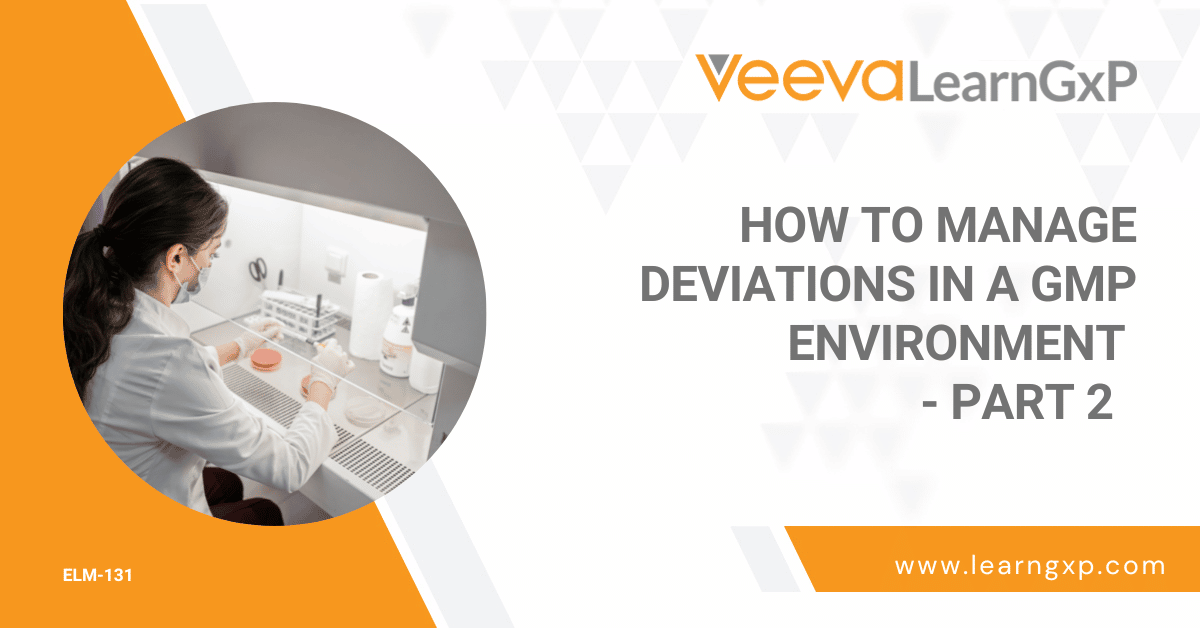The aim of deviation closure is to certify that the deviation won’t be repeated in the future.
As a result, the proper application of the agreed corrective and preventive actions must be verified and the effect they should have on the quality management system be achieved.
Ask the Following Questions
Such confirmation can be obtained when the quality assurance department asks the following questions:
- Have all the actions both corrective and preventive been applied according to quality assurance department instructions?
- Did the action have the desired effect on the quality management system?
- Do these actions prevent and decrease the risk of the deviation been repeated in the future?
- Did these actions have an adverse effect on the quality management system?
Questions A to C must be answered with a “YES” while question D must be answered with a “NO”.
Only then the quality assurance department can officially announce that the deviation is closed.
Otherwise, the deviation will remain open and a new set of actions must be put in place based on the current situation.
Documentation & Communication
On the other hand, if all the questions were answered as mentioned, there are two things
left to do
First is documentation of the deviation closure
And the second is communication of that closure
Want to learn more about closing deviations?
Click below to review the contents of both our courses on deviation management.
How to Manage Deviations in a GMP Environment – Part 1
How to Manage Deviations in a GMP Environment – Part 2





